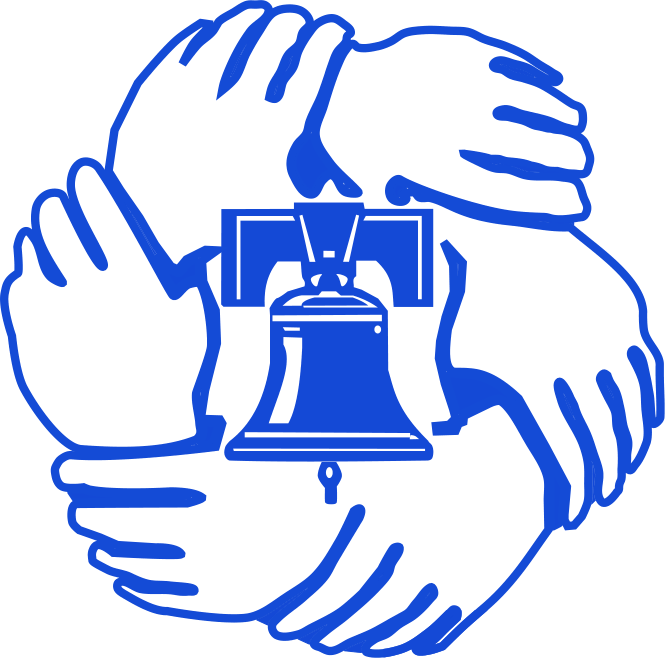Design Technology
Aims of our Design Technology programme
At Gillingstool we are committed to ensuring every child has access to a broad and balanced curriculum. Design and Technology is an inspiring, rigorous and practical subject. Children are encouraged to learn to think and intervene creatively to solve problems both as individuals and as members of a team. At Gillingstool, we encourage children to use their creativity and imagination, to design and make products that solve real and relevant problems within a variety of contexts, considering their own and others’ needs, wants and values. We aim to, wherever possible, link work to other areas such as mathematics, science, computing and art. The children are also given opportunities to reflect upon and evaluate past and present design technology, its uses and its effectiveness and are encouraged to become innovators and risk-takers.
Knowledge and Skills:
The national curriculum for Design and Technology aims to ensure that all pupils:
• develop the creative, technical and practical expertise needed to perform everyday tasks confidently and to participate successfully in an increasingly technological world
• build and apply a repertoire of knowledge, understanding and skills in order to design and make high-quality prototypes and products for a wide range of users and critique, evaluate and test their ideas and products and the work of others
• understand and apply the principles of nutrition and learn how to cook. Children will design and make a range of products. A good quality finish will be expected in all design and activities made appropriate to the age and ability of the child
What Design Technology looks like at Gillingstool
We follow a unit of work on a two year cycle from Reception to Year 6. Each class will be taught three Design and Technology topics each year. These topics ensure coverage of a wide range of design and technology skills, including: building structures; making mechanisms, such as winches, pulleys and gears; sewing and textiles and food technology. Over each two year cycle all of these skills are visited at least once, and this allows for continuity and progression of skills. The scheme very clearly outlines the learning outcomes for each topic. Every topic works through the same stages of: investigating and exploring; experimenting with a specified skill; building up skills to produce a final piece of work; evaluation of the final product. Each topic has a balance of individual, partner and group activities which allows for collaboration and extension of ideas.
In KS2 the children are further challenged to understand the importance of project management. They will be taught how to plan for a profit to be made through a variety of topics including: designing, making, marketing and selling Christmas crafts. Years 5 and 6 will also work collaboratively at the end of each Summer Term on a fund raising project which involves setting up a pop-up restaurant for staff, parents and school governors. They will learn how to market and make products of a high enough quality to sell for a profit.
Children’s work is recorded through annotated floor books with examples of work and photos of the children at work. Children will also complete a design plan and evaluation.
We now store all Design and Technology resources centrally, which enable the Design and Technology lead to easily audit and purchase resources to ensure high quality resources are made available to teach the curriculum to a high standard. The Design and Technology lead has put web links and photos into the scheme of work to support staff with the teaching of specific or high level skills.
Design Technology Outcomes at Gillingstool
Our curriculum design will foster a love and enjoyment of Design and Technology. Within Design and Technology, we strive to create a supportive and collaborative ethos for learning by providing investigative and enquiry based learning opportunities. Emphasis is placed on investigative learning opportunities to help children gain a coherent knowledge of understanding of each unit of work covered throughout the school.
Children learn how to take risks, becoming resourceful, innovative, enterprising and capable citizens. Through the evaluation of past and present design and technology, they develop a critical understanding of its impact on daily life and the wider world. High-quality design and technology education makes an essential contribution to the creativity, culture, wealth and well-being of the nation.
Our Design and Technology curriculum is high quality, well thought out and is planned to demonstrate progression. We focus on progression of knowledge and skills and discreet vocabulary progression also form part of the units of work. We measure the impact of our curriculum through the following methods:
- Floor books, along with displays, give evidence of the topic coverage and clearly show each step of learning; working through the processes of: Exploration – Investigation / Experimentation – Making final product - Evaluation
- Interviewing the pupils about their learning (pupil voice).
- Moderation staff meetings where pupil’s books are scrutinised and there is the opportunity for a dialogue between teachers to understand their class’s work.
- Annual reporting of standards across the curriculum.
